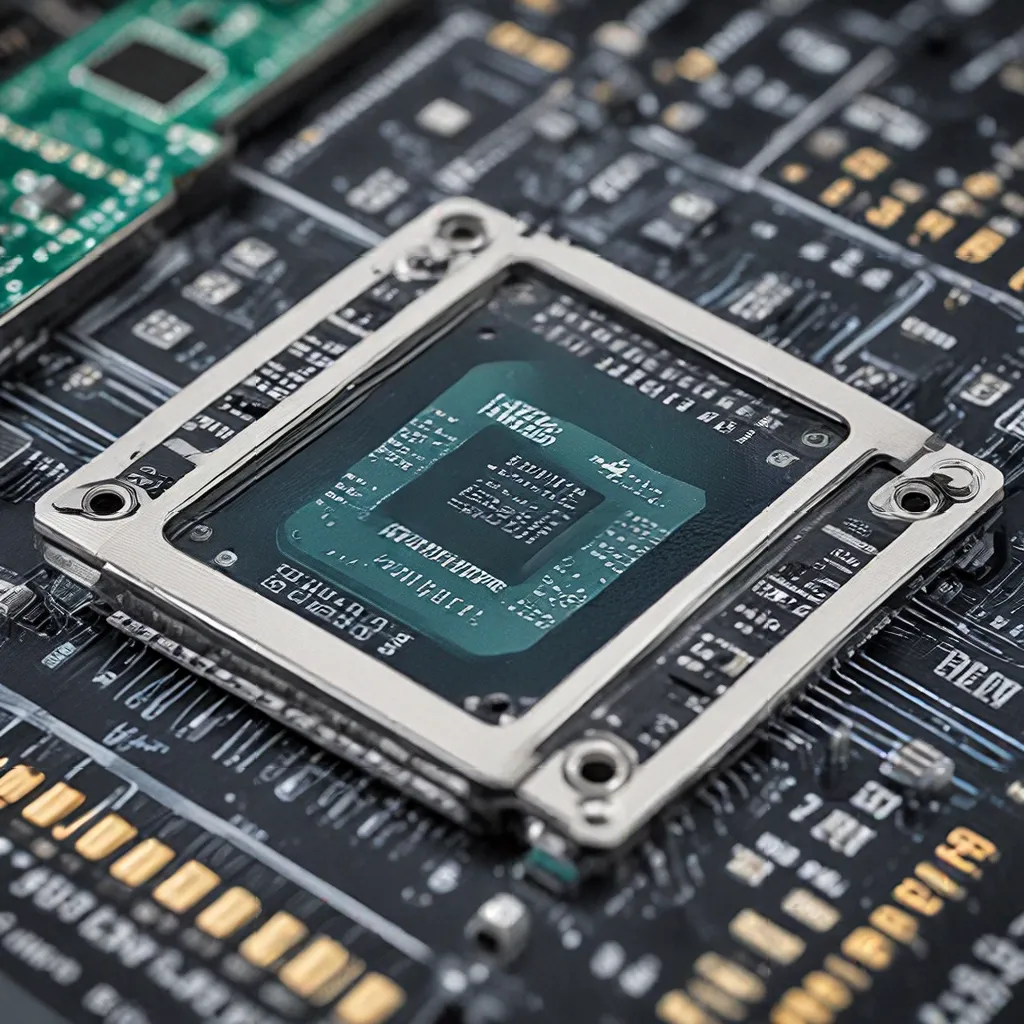
In the rapidly evolving landscape of sensor networks and the Internet of Things (IoT), the demand for innovative sensor designs has never been greater. As our reliance on these technologies continues to grow, the need for sensors that can push the boundaries of measurement and deliver unprecedented levels of accuracy, reliability, and versatility has become increasingly crucial.
Advancements in Wearable Sensor Technology
One of the most exciting areas of sensor innovation is in the realm of wearable devices. The market for wearable sensors is expanding, driven by the growing demand for remote patient monitoring, decentralized clinical trials, and the rising expectations of the general consumer. According to market research firm IDTechEx, the latest advancements in wearable sensor technology are expanding the envelope of biometrics accessible through watches, skin patches, and other wearable devices.
These innovations are not limited to simple step counting; they now extend to more complex health monitoring capabilities, such as the measurement of vital signs, stress levels, sleep patterns, and even brain activity. For example, the incorporation of conductive materials into wearable technology has led to the development of a variety of sensors, including wet electrodes for heart rate monitoring, dry electrodes for brain signal analysis, and microneedles within skin patches to quantify muscle movements.
As noted by Tess Skyrme, a technology analyst at IDTechEx, these advancements in wearable sensor technology not only address the growing demand for remote patient monitoring and decentralized clinical trials but also the rising expectations of the general consumer. This includes easier access to health data and the integration of sensors into headsets and accessories for immersive experiences in the metaverse.
Pushing the Boundaries of Non-Invasive Measurement
Another area of significant innovation in sensor design is the development of non-invasive measurement techniques. This is particularly relevant in the field of gas flow measurement, where traditional transit-time techniques using shear wave sensors can only be applied to higher-pressure gas pipelines.
To address this challenge, sensor developers have turned to alternative Lamb wave transducers. This method involves exciting ultrasonic signals into the pipe at the resonance frequency of the pipe wall and material, causing the pipe to become both the transmitting and sensing device. By operating in this way, higher receiving signal amplitudes can be achieved, compensating for the signal attenuation of the gas.
This innovative approach to sensor design has enabled the development of ultrasonic gas flowmeters that can measure a wide variety of different gases in pipes of up to 1500 mm in diameter, even at atmospheric pressure. These instruments can measure gas flow in the range of 0.1 to 75 m/s, with up to 5% moisture content, providing a versatile solution for a wide range of applications.
Enhancing Sensor Network Security and Energy Efficiency
As sensor networks and IoT devices become increasingly ubiquitous, the importance of security and energy management has come into sharp focus. Sensor designers must now grapple with the challenge of developing secure and energy-efficient sensor nodes that can operate reliably in diverse environments.
One key approach to enhancing security in sensor networks is the implementation of secure communication protocols, such as wireless sensor network protocols that incorporate strong encryption and authentication mechanisms. These protocols help to safeguard the data transmitted between sensor nodes and the central control system, mitigating the risk of unauthorized access or data tampering.
In addition to security concerns, sensor network designers must also address the issue of energy efficiency. Many sensor nodes are deployed in remote or hard-to-reach locations, where frequent battery replacement or maintenance is not feasible. As a result, sensor designers have turned to innovative power management techniques, such as energy harvesting, low-power circuit design, and adaptive duty cycling, to extend the operational lifetime of these devices.
Shaping the Future of Sensor Networks and IoT
The advancements in sensor design discussed in this article are just a glimpse into the exciting future of sensor networks and IoT. As these technologies continue to evolve, we can expect to see even more remarkable innovations that push the boundaries of measurement, security, and energy efficiency.
Whether it’s the development of cutting-edge wearable sensors for healthcare monitoring, the refinement of non-invasive gas flow measurement techniques, or the implementation of robust security protocols for sensor networks, the sensor design community is at the forefront of these transformative technologies. By staying on the pulse of these advancements, professionals, researchers, and enthusiasts in the field can better understand the impact of sensor networks and IoT on industries, communities, and the world at large.
As we look ahead, the future of sensor networks and IoT holds boundless potential, and the innovations in sensor design will be the driving force behind this technological revolution. By embracing these advancements and applying them to real-world challenges, we can unlock new possibilities and reshape the way we interact with the world around us.